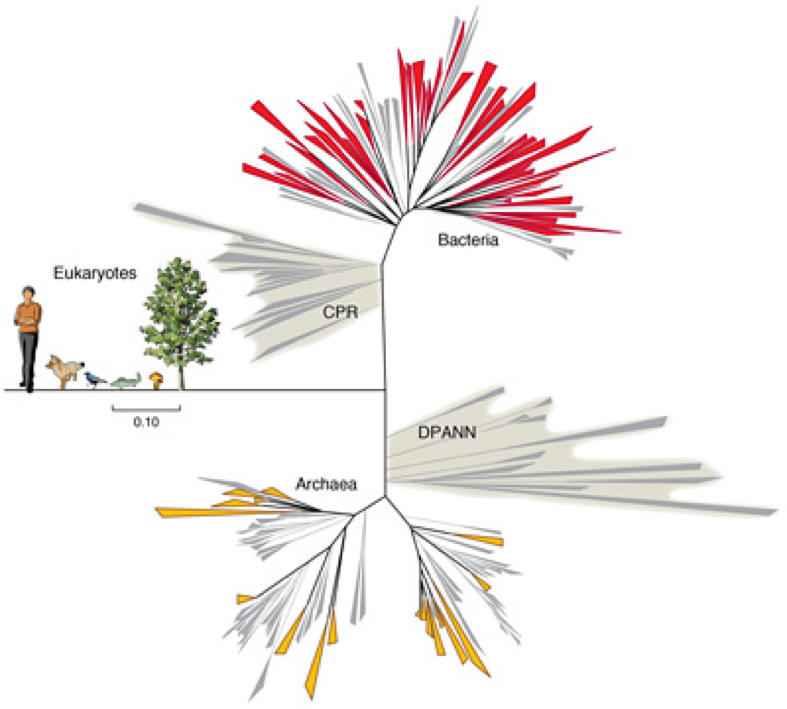It’s Time to Loosen Planetary Protection Rules for Mars
Our cautiousness is stifling space exploration.
/https://tf-cmsv2-smithsonianmag-media.s3.amazonaws.com/filer/fb/a7/fba7aa99-2c82-4d89-8f78-f1a51f7c8ae1/pia17606-2.jpg)
We’re being overprotective of Mars.
That’s the main point Alberto Fairén of Cornell University and co-authors (including me) make in a new article published in the journal Astrobiology. This new paper extends the arguments made by Fairén and myself in a commentary published in Nature Geoscience in 2013, in which we contended that (1) Mars is likely already contaminated by unsterilized or poorly sterilized spacecraft sent from Earth in the past, or by frequent asteroid exchange, (2) sterilization methods kill only those microorganisms with no chance of surviving on Mars anyway, as they rely on the same stresses such as radiation, and (3) any indigenous life on Mars should be much more adapted to Martian stresses than Earth life is, and would outcompete possible competition.
The new paper is very timely, as there is currently a raging discussion about whether the Curiosity rover should be allowed to explore and sample recurring slope lineae seen on Mars, which many planetary scientists believe to be water at or near the surface, and which may be reachable from the rover’s current location. These features may contain salty water, which could in turn be a habitat for microbes.
In the past, it’s been assumed that strict planetary protection measures would be required before sampling these regions. Otherwise, it might be difficult to distinguish between any indigenous Martian life forms and life that arrived as contamination from Earth. However, Fairén and co-authors argue that technology has advanced enough that this is no longer a problem. If Martian life is biochemically different from Earth life, we would be able to detect that based on its building blocks. And if not, we could add Martian life to the tree of DNA-based life that we already know, probably somewhere on its lower branches.

Furthermore, given NASA’s hope to launch human missions to Mars in the 2030s, current planetary protection guidelines are impractical, as humans would inevitably bring microbial hitchhikers with them. Shouldn’t we find out prior to human landings whether there is indigenous life on Mars—if only for the safety of the astronauts?
It should be pointed out, though, that our suggested relaxation of planetary protection rules only applies to “forward contamination”—the possible spreading of Earth life to other planets and moons. There is general agreement that the rules for backward contamination—the possibility that robotic probes or humans could bring extraterrestrial microbes back to Earth—should remain in place. After all, there is a (slight) chance that returning samples could endanger humanity. If anything, I think the backward contamination rules could be made stricter, and relaxing the forward contamination rules would actually assist in this, as we will have a better idea what future astronauts might bring back to Earth. Nothing is more dangerous than a lack of knowledge!
/https://tf-cmsv2-smithsonianmag-media.s3.amazonaws.com/accounts/headshot/Dirk-Schulze-Makuch-headshot.jpg)
/https://tf-cmsv2-smithsonianmag-media.s3.amazonaws.com/accounts/headshot/Dirk-Schulze-Makuch-headshot.jpg)